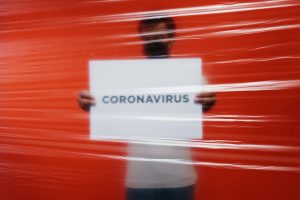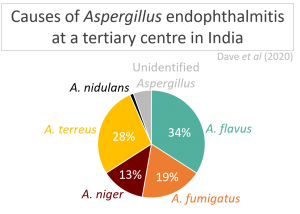Submitted by GAtherton on 12 October 2016
The eventual outcome of an acute invasive aspergillosis such as that seen in patients who are undergoing bone marrow transplant is strongly dependent on how quickly the infection is detected. In this type of patient group detection involving the patients immune system is useless as of course it has been temporarily removed as an important part of their treatment. At this time diagnosis relies on detecting signs of the fungus’ presence directly. Up until quite recently (10 years ago) doctors relied upon culturing viable fungal fragments from tissue samples, but almost by definition if the fungal infection began recently enough to treat successfully then there was less likelyhood of finding anything fungal that would grow from the patients blood. Even if something started to grow it could take weeks to grow sufficiently to identify.
More recently we have much more sensitive tests that can detect parts of the fungal cell wall (Galactomannan and Beta-Glucan), and we can detect fungal DNA which can speed diagnosis up dramatically to a few hours but all are present in such tiny amounts it is difficult to sift out the few fungal molecules from the mass of human molecules in a blood sample. These tests are now very good and can detect infection much earlier compared with culture-based techniques but sensitivity (which is important to detect infection as early as possible) of each can be limited differently depending on the circumstances of the patient and consequently specificity (i.e. is it or isn’t it a fungal infection?) can be reduced by efforts to detect as early as possible so additional methods for early diagnosis are always welcomed.
MALDI-TOF is a technique that is capable of detecting fungi-specific molecules in a sample of blood. It can be very specific and rapid so is being developed to provide an alternative tool to diagnose systemic fungal infections. This recent paper investigates the efficacy of this technique alongside the others. They conclude that it is a useful alternative method that might be a little better at flagging up possible fungal infections earlier than the other two techniques, so has potential to improve outcomes.
News archives
-
Title
Date



